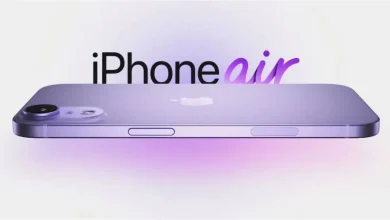
Android 16 Redesign Adds Smoother, Smarter Animations
The Android 16 redesign brings new animations, system-level polish, and smarter motion that improve both visual and functional experience.
Google is preparing a major visual overhaul with the Android 16 redesign, as leaks have revealed a suite of subtle but meaningful animations. System components and app switches in Android 16 will execute more fluid transitions because these changes form an essential foundation to reduce unpleasant abruptness during user interface navigation. Users can expect natural application transitions while switching between protected screens and apps during the current version of Android.
The operational animations are present in almost all sections of the system interface. App launches and quick settings tile navigation work within a system that features compatible visual components as its basis. The Android 16 redesign helps bridge the gap between responsiveness and aesthetic, creating a smoother and more immersive user experience overall. The system focuses on exactness rather than big visual display effects.
System-Level Changes Push Android’s Visual Identity
One standout element of the Android 16 redesign is how it carries the animation consistency through deeper layers of the OS. The operating system appears extremely professional through the implementation of a new unlock sequence applied to modified Power menu functionality. All elements from the status bar transitions to lock screen states appear smoother under Android 16.
These adjustments accumulate to form a systematic initiative that improves the system’s visual communication methods. Google establishes a solution that combines instant visual feedback with clear interaction signals enabling users to observe and perceive each input. The Android 16 redesign isn’t a complete overhaul of Material You, but it’s clearly pushing it toward greater maturity and usability.
Easter Egg Teases Direction of Android’s Evolution
The latest Android 16 redesign preview includes a fresh Easter egg animation, which may hint at broader thematic goals for the version. Since such Easter egg additions are mostly meant for fun they tend to exhibit core UI concepts and upcoming features of the system. The emphasis on motion and fast response within the Android system suggests that Android development will beef up its commitment to user experience enhancements.
The Easter egg manifests the dynamic motion concepts that run throughout the operating system. The new feature functions as a dynamic element rather than a superficial addition because it integrates with system animations to connect amusement directly to its appearance. The Android 16 redesign treats these details not as optional extras but as part of the core experience, offering both delight and cohesion.

Final Thought
The broader implication of the Android 16 redesign is that Google remains committed to evolving Android’s design, not just through features, but through how those features are visually communicated. Smooth animations together with polished transitions in Android will create an intuitive experience particularly for individuals who are new to Material You or its dynamic interface.
Google demonstrates its goal as applying lifelike characteristics to the system while maintaining user comfort. If the current leaks and betas are anything to go by, the Android 16 redesign could mark a turning point in Android’s journey from a function-first OS to one that feels artfully crafted from the ground up.


